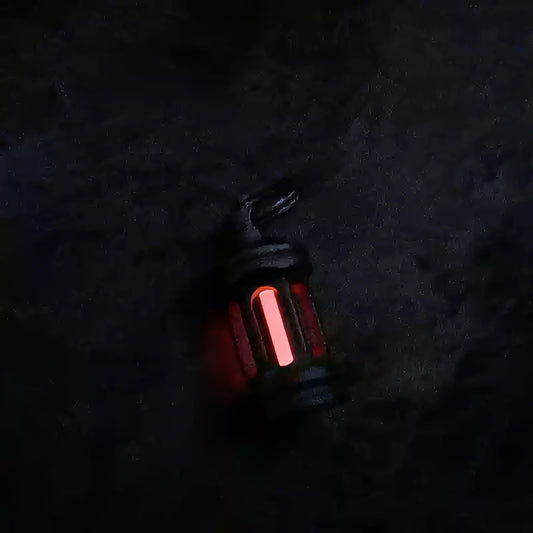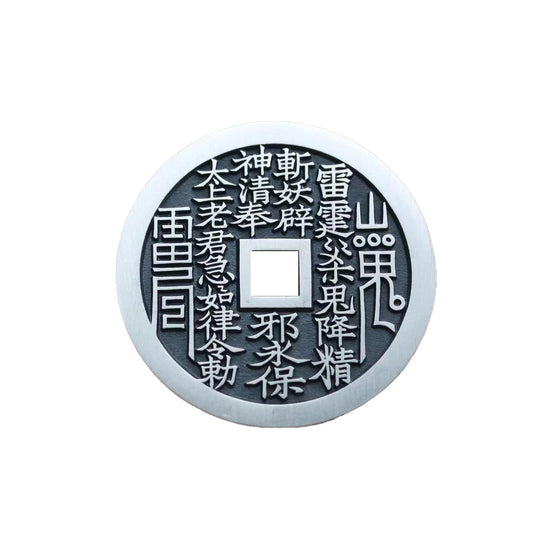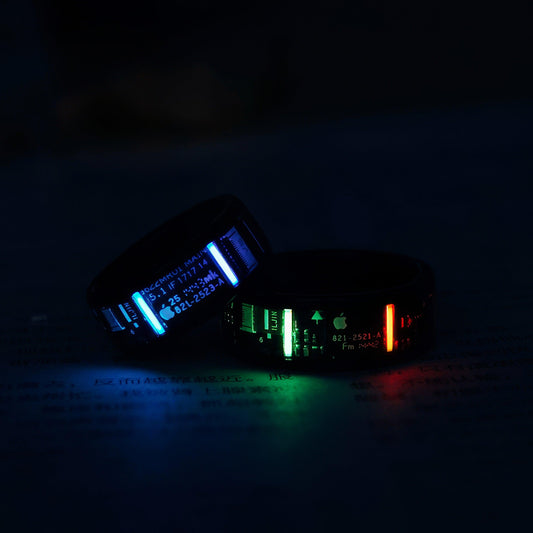Understanding the Cost of Tritium Economics and Implications
Understanding the Cost of Tritium Economics and Implications
As I sat in a dimly lit room, watching the soft glow of tritium illuminate the dials on my grandfather's vintage watch, I found myself pondering the fascinating journey of this elusive substance. Tritium, a radioactive isotope of hydrogen, has a unique charm and myriad applications, from scientific research to commercial use. But what about its cost? This isn't just about dollars and cents; the price of tritium is a complex issue intertwined with its uses, production challenges, and the regulatory frameworks governing it.
The production of tritium is not your ordinary industrial process. It’s typically generated in nuclear reactors, where lithium-6 is bombarded with neutrons. This process reflects not only a significant level of technological sophistication but also potential risks that impact its cost. The need for secure and controlled environments, combined with the geopolitical implications of tritium production, make this element anything but cheap. With nuclear reactors often under scrutiny, producing tritium involves navigating a web of safety protocols and international regulations, all of which contribute to its high price tag.
In practical terms, tritium's value extends beyond its raw cost. Take, for instance, its use in self-luminous devices such as exit signs or watch dials—like the one from my grandfather I mentioned. Tritium's ability to emit light without needing an external power source makes it invaluable in situations where electricity is unreliable. These applications, however, raise ethical questions about environmental impact, as tritium, despite its utility, is a radioactive material. Thus, its cost is not just financial but also environmental and social, prompting ongoing debates about its sustainability.
In the world of nuclear fusion research, tritium holds the promise of becoming a key fuel. However, the path to practical and economically viable fusion energy is fraught with challenges. The scarcity of tritium and the projected increase in demand for fusion reactors in the future might drive up costs considerably. As I imagine future generations benefiting from clean fusion energy, I can't help but wonder at the balance between innovation and cost efficiency—how will society navigate these waters to make fusion energy a reality?
Reflecting on tritium’s multi-faceted role, I realize the complexity of evaluating its worth. It's not just about the price per gram; it's about understanding the broader economic, environmental, and technological contexts. In a world striving for sustainability and innovation, the cost of tritium is a reminder of the intricate dance between progress and responsibility. As the glowing light softly dims on the watch dial, it serves as a quiet testament to the challenges and potential of this remarkable element.











